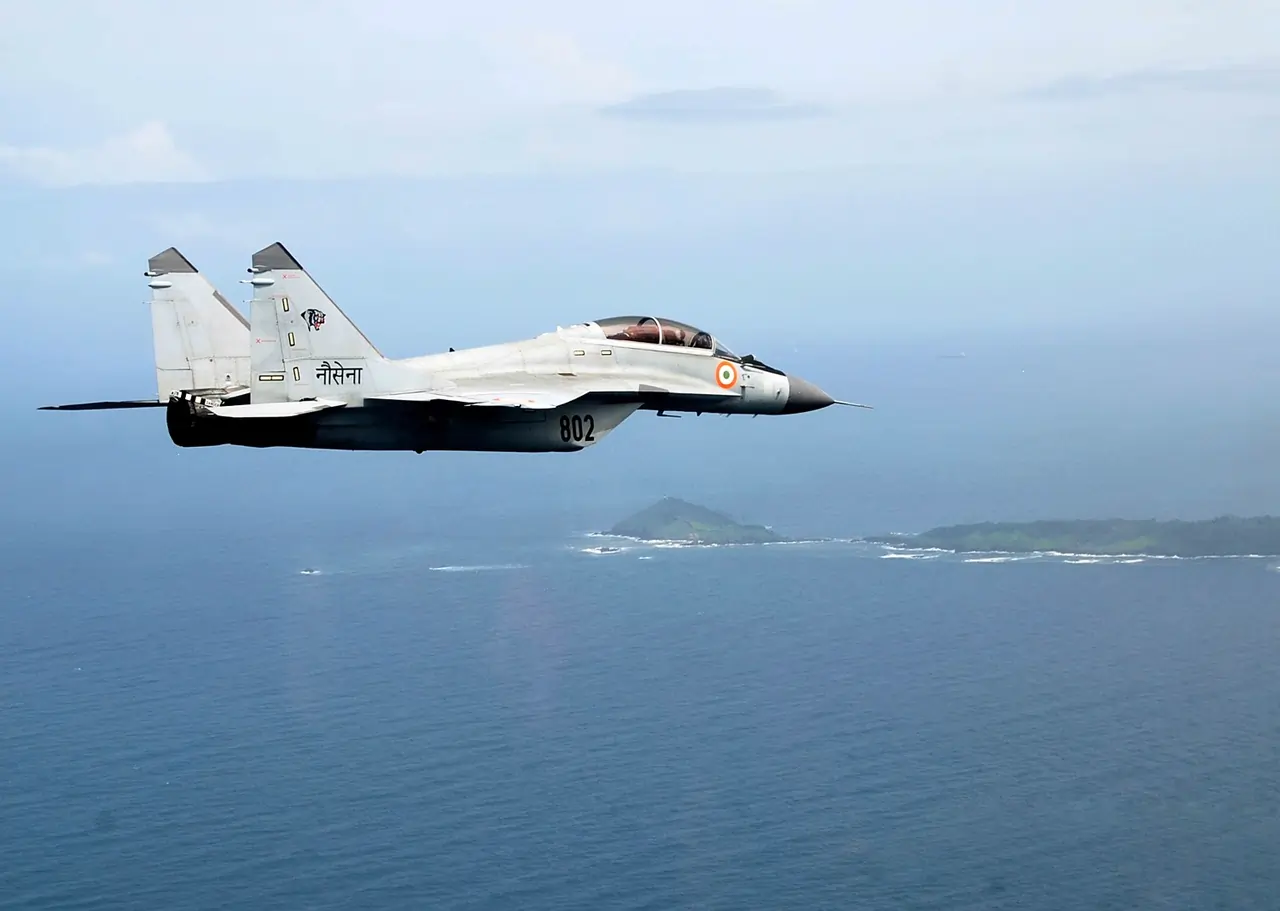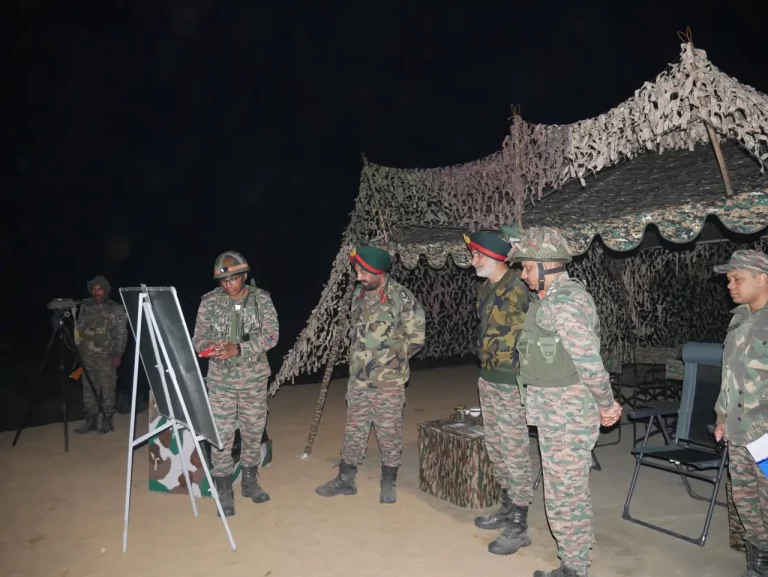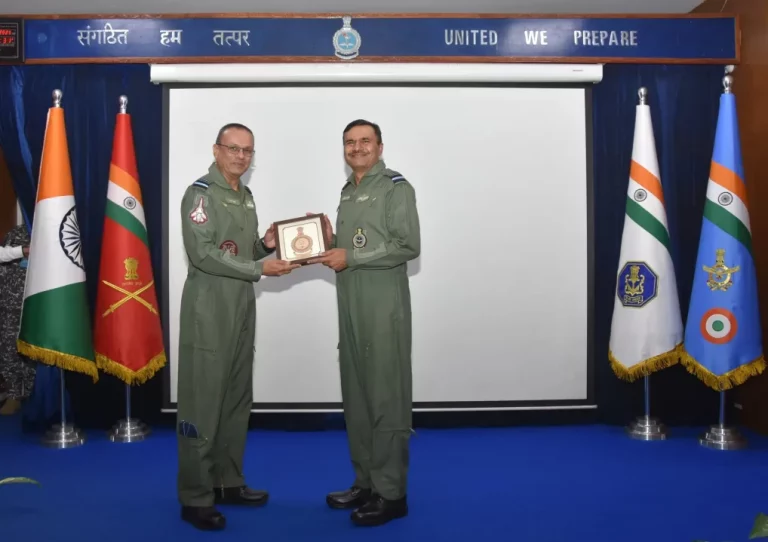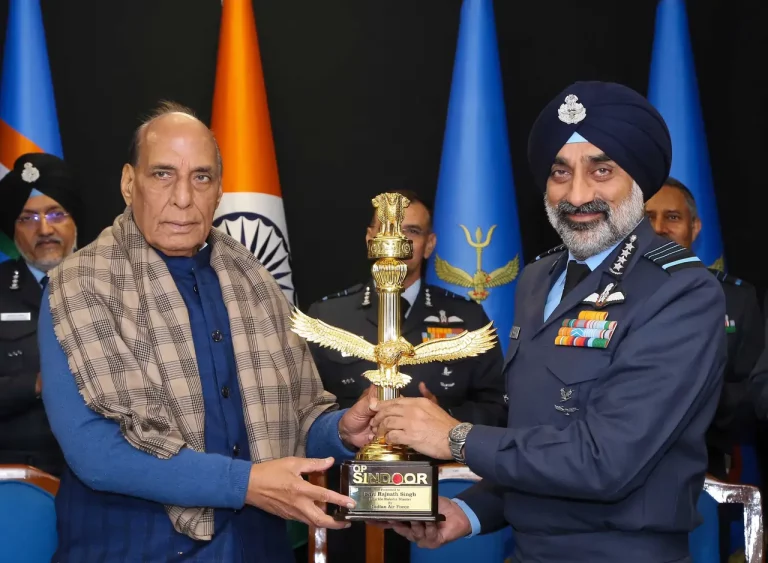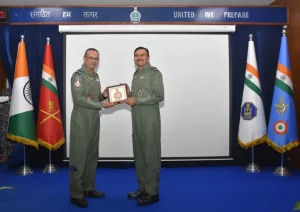India’s indigenously developed Naval Anti-Ship Missile – Medium Range (NASM-MR) has achieved a significant milestone with its successful integration onto the MiG-29K carrier-borne fighter. This integration is a crucial step ahead of the upcoming developmental flight trials, which will assess the missile’s operational capabilities when deployed from a carrier platform.
Recent program imagery and internal updates have confirmed that electrical and mechanical interface checks between the NASM-MR and the MiG-29K have been completed successfully. This achievement sets the stage for a phased test campaign, which is expected to include a series of initial trials such as captive-carry and separation tests. Following these phases, live-fire evaluations will be conducted to validate critical functions, including seeker performance, target acquisition, and terminal homing, all under realistic flight conditions.
The NASM-MR is designed as a subsonic, sea-skimming anti-ship missile, boasting an estimated range of approximately 300 kilometers. This missile serves as a lightweight, standoff strike option for naval combat aircraft, strategically filling the gap between the shorter-range NASM-SR, which has a range of around 55 kilometers, and the heavier, long-range missiles such as BrahMos. The NASM-MR enhances carrier air wings’ operational flexibility by facilitating multiple-carriage loadouts, enabling greater sortie capabilities.
Among the operational advantages of the NASM-MR are its sea-skimming flight profile, which minimizes radar detection and improves the missile’s ability to penetrate ship-based air defenses. Additionally, its lightweight design supports multi-carriage capabilities, allowing fighter jets to carry more munitions per sortie. This increases the potential for saturation or coordinated strikes against targets at sea. Furthermore, the intermediate range of the NASM-MR extends a carrier fighter’s strike envelope, thereby avoiding the logistical and aerodynamic challenges associated with heavier missile systems.
The upcoming trials will scrutinize safe carriage and separation dynamics, along with validation of the missile’s guidance and seeker systems. Successful qualification of the NASM-MR on the MiG-29K is anticipated to enable operational deployment across the Indian Navy’s fleet. This successful integration may also allow for future adaptation to other naval fighters, including plans for integration under a common maritime strike architecture for future Rafale M deployments.
Strategically, the introduction of NASM-MR is poised to enhance the Indian Navy’s anti-ship warfare modernization efforts, broadening the indigenous missile inventory and decreasing reliance on foreign technologies. Once deployed alongside the NASM-SR and other longer-range air-launched munitions, the NASM-MR will significantly bolster a layered and versatile maritime strike capability within India’s carrier aviation and maritime patrol forces.
